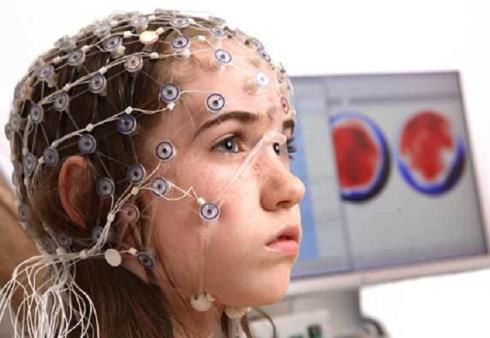LSU Health New Orleans research finds novel compound switches off epilepsy development
Researchers at the LSU Health New Orleans Neuroscience Center of Excellence have found that a novel compound they discovered helps curtail the onset and progression of temporal lobe epilepsy. The finding, which may contribute to the development of anti-epileptic therapies, is published online in the journal PLOS ONE, available at http://journals.plos.org/plosone/article?id=10.1371/journal.pone.0116543.
In temporal lobe epilepsy, seizures arise in the hippocampus and other structures of the limbic system located in the temporal lobe when a cascade of molecular and cellular events results in aberrant brain wiring. (The limbic system is the region of the brain associated with memory and emotions.) Seizures reflect uncontrolled electrical brain activity. The period between a brain injury and the onset of seizures, called epileptogenesis, is a “silent” period because this brain abnormality cannot be detected by current neurological exams or electroencephalography (EEG).
Temporal lobe epilepsy (TLE), or limbic epilepsy, is a common adult epileptic disorder characterized by spontaneous recurrent seizures that may also spread to other brain regions, triggering secondary severe generalized seizures. Aside from neurosurgery, which benefits only a small population of TLE patients, there are no other effective treatments or preventive strategies.
Working in a mouse model, the research team led by Drs. Nicolas Bazan, Boyd Professor and Director of the LSU Health New Orleans Neuroscience Center of Excellence, and Alberto Musto, Assistant Professor of Research, Neurosurgery and Neuroscience, found that brief, small electrical microbursts, or microseizures, occur before the onset of clinical recurrent seizures. When they systemically administered Neuroprotectin D-1 (NPD1), the researchers discovered that NPD1 regulated these bursts of brain electrical activity that not only reduced the aberrant brain cell signaling leading to severe generalized seizures, but also spontaneous recurrent seizures. Neuroprotectin D-1, discovered in the Bazan lab, is derived from docosahexaenoic acid (DHA), an essential omega 3 fatty acid found in fish oil.
“We have searched for years to unravel the significance of the mechanism by which DHA is released in the brain at the onset of seizures,” notes Dr. Bazan. Called the “Bazan Effect” in the literature, with the discovery of NDP1, another piece of the puzzle fell into place.

According to the Epilepsy Foundation, temporal lobe epilepsy is the most common form of partial or localization related epilepsy. It accounts for approximately 60% of all patients with epilepsy. The medial form accounts for almost 80% of all temporal lobe seizures. While medial temporal lobe epilepsy is a very common form of epilepsy, it is also frequently resistant to medications. The overall prognosis for patients with drug-resistant medial temporal lobe epilepsy includes a higher risk for memory and mood difficulties. This in turn leads to impairments in quality of life and an increased risk for death, as observed in patients who have frequent seizures failing to respond to treatment.
“These observations will contribute to our ability to predict epileptic events, define key modulators of brain circuits, especially after a brain injury, and provide potential biomarkers and therapeutic approaches for epileptogenesis,” says Dr. Musto.
###
The research team also included Chelsey P. Walker from the LSU Health New Orleans Neuroscience Center of Excellence and Nicos A. Petasis from Loker Hydrocarbon Research Institute at the University of Southern California, Los Angeles. The research was supported by a grant from the National Institute of General Medical Sciences of the National Institutes of Health.
LSU Health Sciences Center New Orleans educates Louisiana’s health care professionals. The state’s health university leader, LSUHSC includes a School of Medicine, the state’s only School of Dentistry, Louisiana’s only public School of Public Health, and Schools of Allied Health Professions, Nursing, and Graduate Studies. LSUHSC faculty take care of patients in public and private hospitals and clinics throughout the region. In the vanguard of biosciences research in a number of areas in a worldwide arena, the LSUHSC research enterprise generates jobs and enormous economic impact. LSUHSC faculty have made lifesaving discoveries and continue to work to prevent, advance treatment, or cure disease.
###
Leslie Capo
.(JavaScript must be enabled to view this email address)
504-568-4806
###
Journal - PLOS ONE
Funder
National Institutes of Health